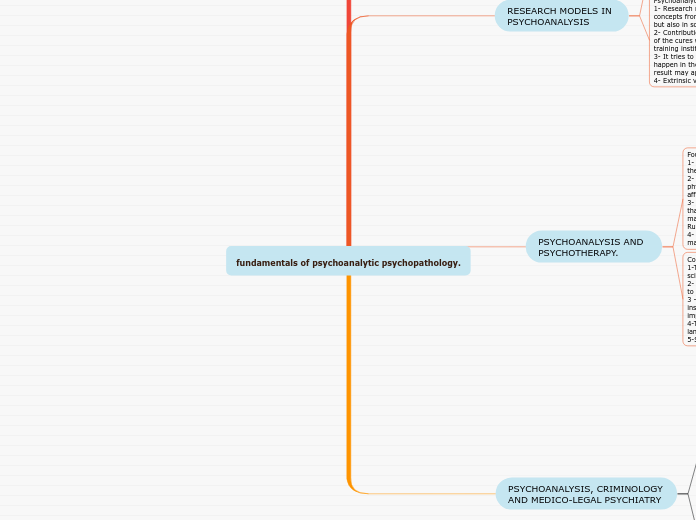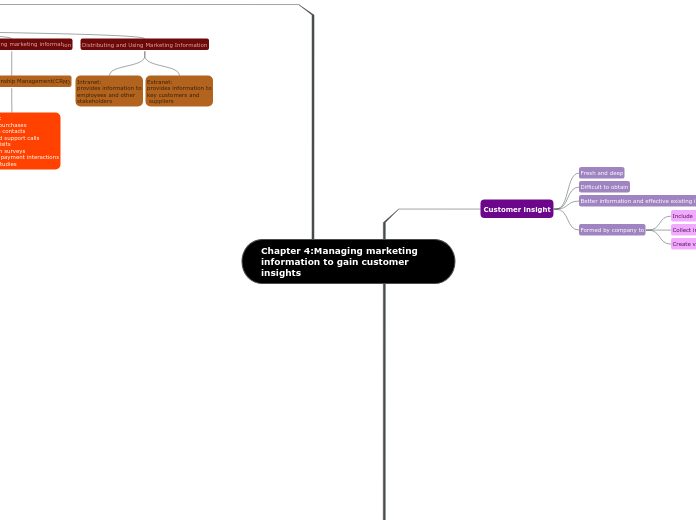av Luis Hernandez för 4 årar sedan
213
fundamentals of psychoanalytic psychopathology.
The field of psychoanalytic psychopathology encompasses several key areas, including the contributions of psychoanalysis to psychotherapy. This involves theoretical elaborations based on recent scientific knowledge, concepts like repetition connected to the signifier, transference related to the subject'










